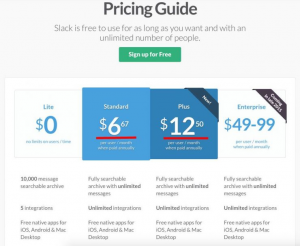

It’s easy to pull items from those other Microsoft 365 apps into Teams as well. Rather than shelling out more money for Slack separately, you may want to use the Teams app that you’re already paying for in Microsoft 365. Integration with Microsoft 365: If you already subscribe to Microsoft 365 for using apps like Word and Excel, Teams is likely part of your subscription already. We focused on determining the primary strength of each business messaging app, hopefully helping you match your needs to the area where each app shines.

Google Chat – Best for Google Workspace users.


The strength of Slack, meanwhile, is in its versatility. For those who want to try the Microsoft 365 Business Basic pricing tier, which includes access to Teams, a 30-day free trial period is available. For those large organizations that already make use of Microsoft 365 apps, Teams works seamlessly with them. Teams excels in hosting large video conferences and live events as well. It has a host of integrations geared around file sharing and cloud storage that make it easy to find that key document you last accessed several months ago and that you need to show to the entire team. Large teams seem to gain the most benefit from using Microsoft Teams for business messaging. Microsoft Teams has some nice features, but it doesn’t quite measure up to the high bar that Slack sets. Slack’s app is easy to use, works on any device, and delivers what it promises. Roughly a decade later, Slack is still the messaging app to beat, including in the Microsoft Teams vs. The reliance on business messaging apps really took off when Slack joined the market in 2013 and introduced a highly efficient means of communicating.


 0 kommentar(er)
0 kommentar(er)
